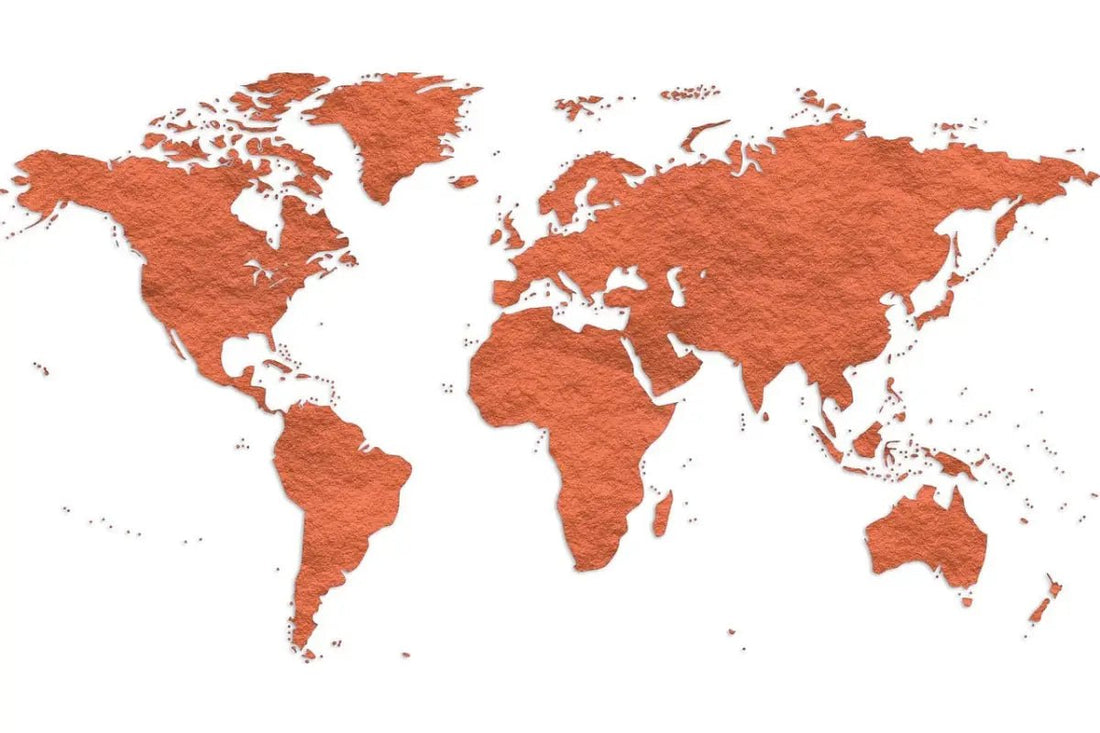
The Fiery Journey: A History of Hot Sauce Around the World
The Fiery Journey: A History of Hot Sauce Around the World
Hot sauce—fiery, flavorful, and sometimes fearsome—is a staple in kitchens across the globe. But how did this spicy condiment become such a cultural and culinary phenomenon? Let’s take a journey through the history of hot sauce around the world.
🌶️ Origins in the Americas
Hot sauce owes its existence to the chili pepper, a plant native to Central and South America. Indigenous civilizations like the Aztecs and Mayans were using chili peppers in their cooking as far back as 6,000 years ago. These ancient cultures not only valued chilies for their taste but also for their medicinal properties.
The first known hot sauces were likely simple mixtures of crushed chili peppers and water or oil. When Spanish and Portuguese explorers arrived in the New World in the 15th century, they encountered these potent pods and quickly introduced them to Europe, Africa, and Asia.
🔥 The Global Spread of Heat
As chili peppers spread along trade routes, they began to influence cuisines far and wide:
- Africa: Chilies became integral to West African cuisine, often used in spicy stews and sauces. Piri-piri sauce, originating from Portuguese colonies in Africa, is a fiery blend that gained global fame.
- Asia: In India, Thailand, Korea, and China, chilies were embraced and integrated into everything from curries to kimchi. Sriracha, developed in Thailand in the 20th century, became a worldwide icon.
- Europe: Though European cuisine is generally less spicy, chilies found a home in countries like Hungary (paprika) and Portugal (piri-piri dishes).
- The Caribbean: With its mix of African, Spanish, and indigenous influences, the Caribbean developed some of the hottest sauces on Earth—like the infamous Scotch bonnet-based blends.
🌍 The Modern Hot Sauce Boom
In 1868, hot sauce history changed forever with the launch of Tabasco, created by Edmund McIlhenny in Louisiana. Using red peppers, salt, and vinegar, he created a product that would become a global icon.
Today, the hot sauce market is booming, with craft producers experimenting with fermentation, exotic peppers like the Carolina Reaper, and international flavor profiles. From smoky chipotle sauces in Mexico to vinegary cayenne blends in the American South, there’s a hot sauce for every palate.
🌶️ A Global Love Affair
Hot sauce has become more than a condiment—it's a culture. Festivals, competitions, and online communities celebrate the love of spice. What started with ancient chili-loving civilizations has become a global obsession.
So next time you dash a bit of heat on your food, remember: you’re participating in a rich, spicy history thousands of years in the making.
